
GingivalGraft - Overview
Agingival graft is a medical term which refers to a number of surgicalperiodontal procedures whose goal is to cover an area of the exposed surface ofthe tooth root. This is performed with grafted oral tissues. These tissues aretaken for the hard palate. A gingival graft is performed to prevent furtherroot exposure, decrease or eliminate increased sensitivity, decreasesusceptibility to root caries and finally, it is performed for cosmetic andaesthetic reasons. The very procedure is performed by a well experiencedperiodontist or a general dentist who has been trained in this field.
Typesof Gingival Graft Procedures
Gingivalgraft procedure is performed only in selected patients. There are severalsurgical approaches and they include free gingival graft, subepithelialconnective tissue graft, acellular dermal matrix, pedicle graft and coronallyor apically positioned flaps.
Free Gingival FlapInthis procedure a layer of tissues is removed from the hard palate andtransferred to the site of the receding gums. Transplanted graft is stitchedand this way it protects the exposed root. The place from which the graft hasbeen taken will heal over time without permanent damage.
Suepithelial Connective Tissue GraftThissurgical procedure includes taking tissue from the layer under the healthy gumtissues of the palate. Taken tissue is then placed at the affected site.Subepithelial connective tissue graft is highly predictable when it comes toroot coverage. The healing process of gingival graft is much quicker comparingto other approaches and it is also less painful. This is a treatment of choicefor people suffering from 'long tooth syndrome' in which the gum recessionaffects only one tooth.
Acellular Dermal MatrixThistype of gingival graft surgery uses a graft donated from medically processedhuman skin tissue. Some believe that this approach provides with lesssatisfactory results comparing to other approaches. This can be explained bythe fact that the body may not accept foreign tissue easily. On the other hand,there are doctors who consider this procedure as successful as subepitheliaconnective tissue graft. The only difference is that the recovery time afteracellular dermal matrix may last longer.
Pedicle GraftThegraft is in this procedure taken from the area adjacent to the recedinggingiva. The tissue that is going to cover the exposed tooth is cut and rotatedin its place and then placed onto the damaged and receded region. The onlyproblem is that there is a chance of the donor region to be affected by theprocess of recession in case of failure of the procedure.
Coronally or Apically Positioned FlapsThis procedure does not include grafting.Namely, during coronally or apically positioning of flaps the gingiva is openedand cleaned in detail and then either positioned coronally or apically. Thegoal of the procedure is to clean the affected region and prevent gum diseasefrom causing further recession and damage of the gums.


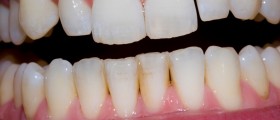
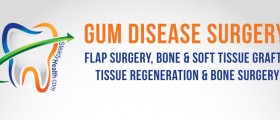
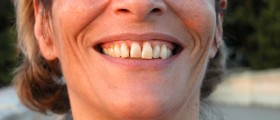
,-Don't-Ignore-Receding-Gums_f_280x120.jpg)

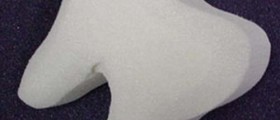
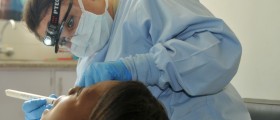
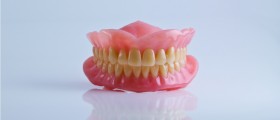
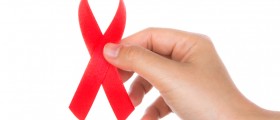
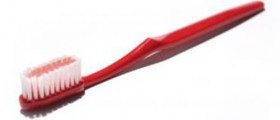
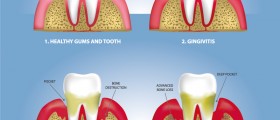
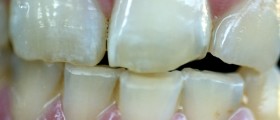
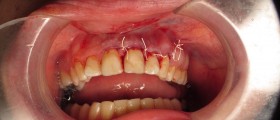
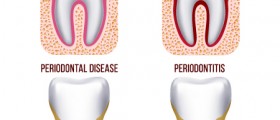

Your thoughts on this
Loading...